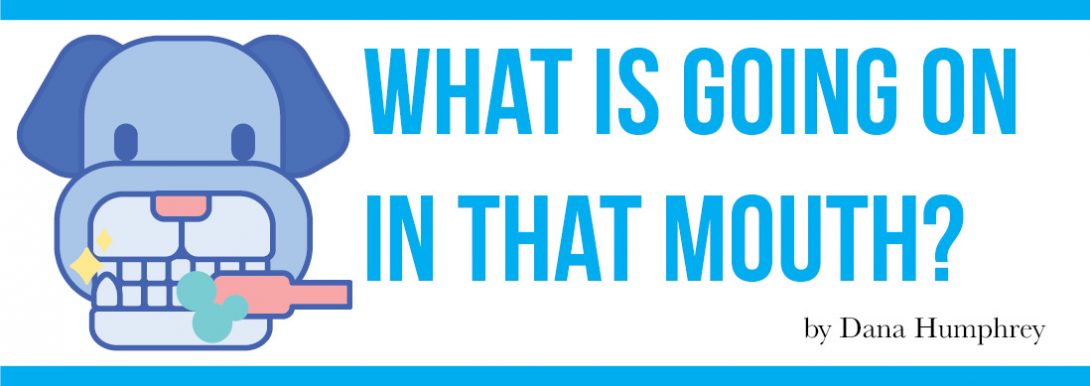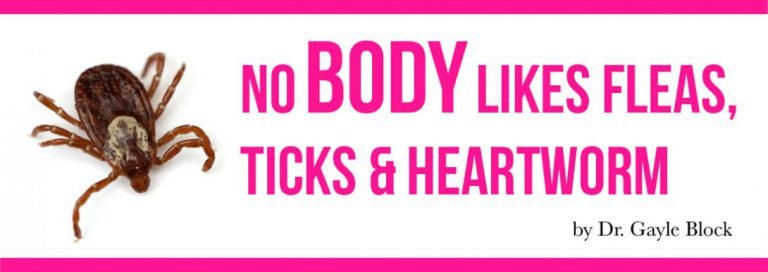Other than love, affection and treats (according to your pet) dental care is the most important thing you can do for your furry friend. Regular pet dental care can add years to your pet’s life.
Unfortunately, it isn’t something that most pet parents think about. According to a pet dental poll, only 8 percent of dog owners and 3 percent of cat owners brush their pets’ teeth on a regular basis. Dental care is even less common for animals that live in cages, like birds or gerbils.
Since February is National Pet Dental Health Month, it is the perfect time to “brush up” on why pet dental care is so important and just how easy it can be! We’ve got some great tips and tricks to keep your pet’s teeth in tip-top shape.
Pet Dental Care: Stop Pet Plaque
Periodontal disease occurs when bacteria overtake the mouth – and it all starts with plaque.
Tartar is a rock-hard substance (brownish or yellow in color) that’s packed with bacteria, which can infect and inflame the gums and give your pet that less-than-fetching breath. Unlike plaque, tartar can only be removed with a professional dental cleaning.
Fortunately, because plaque is the starting point for tartar and gum disease, daily removal is the key of dental health care. Stop the plaque attack and you and your pet will have many reasons to smile including:
- More Cuddles: According to a dental survey by Banfield Pet Hospital, 27 percent of dog owners say they avoid getting close to their pets because of bad breath.
- Better Quality of Life: In the advanced stages of pet gum disease, the gums actually separate away from the teeth. This is as painful as it sounds. An animal’s instinct is to hide its pain, which means your pet could be silently suffering without you knowing it.
- More Years Together: Proper pet dental health care adds 2–5 years to a pet’s life.
- Save Money. Tooth extractions from periodontal disease can be expensive. Annual dental cleanings to remove tartar can add up too, as it involves anesthesia. At-home pet dental care can help cut back on these costs.
No-Brush Solutions to Fight Bad Pet Breath
Brushing teeth may not be realistic for some pets. There are many no-brush pet dental products on the market. Just be sure to do your homework first. Avoid products with alcohol, additives, xylitol, mints, tea tree oil and clove oil. These ingredients can sting a pet’s delicate tissues, only mask bad breath, and may cause harm with long-term use.


One favorite of veterinarians and pet owners is the Oxyfresh line of dental products. Their products are USA-made, non-toxic, and free of alcohol, masking agents and other junk. Their premium pet dental products are formulated with a safe, innovative formula that neutralizes bad breath while fighting plaque buildup.
They offer water additives, on-the-go dental sprays, and brush-free dental gel to make pet home dental care easy.
Dental Care of Birds
Bad breath in birds is most often caused by a bacterial infection or Candidiasis (yeast infection). If your bird has bad breath, make an appointment with your veterinarian. A vet will be able to determine if the infection is coming from the gastrointestinal tract, respiratory tract, or the oropharynx. The best thing you can do is be proactive against bird bad breath. Additive now comes in a smaller eight-ounce size which is perfect for smaller pets!






